Configuring a Windows 8 Virtual Machine

With the launch of Windows 8's Consumer Preview, you're probably itching to spend some quality time with Microsoft's latest operating system. Although you may have already downloaded the ISO, we bet some of you haven't decided how you're going to install it.
Considering you've just met, we assume most of you aren't ready to clear a dresser drawer for Windows 8. Overwriting your current stable OS with pre-release code could be a recipe for disaster, though at least one TechSpot staffer is taking the plunge.
Dual booting is popular, but in our experience, rebooting into a separate environment is more trouble than it's worth when you're just trying to sample beta (err, "preview") software. The same could be said for using the OS on a secondary PC near your primary rig.
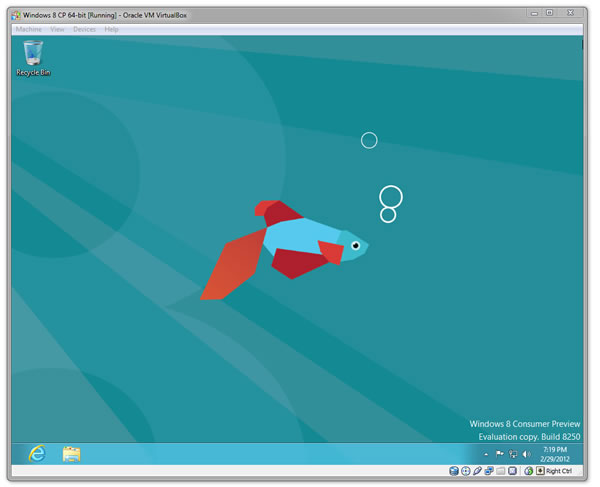
This write-up won't have much to offer folks experienced with virtual machines, but many users are still intimidated by them. We hope to demystify the process with a guide that installs a fully functional, commitment-free copy of Windows 8 inside your main OS.
So, what do I need?
Not much! You probably want 1-2GB of RAM and 20-30GB of storage
allocated to the Windows 8 VM. You need a processor that supports
virtualization (basically any major chip from Intel or AMD released
since 2006). In other words, you need a semi-modern PC.Accompanying said hardware, you need to download a copy of Windows 8 (either 32-bit or 64-bit will work fine, but the former calls for half the RAM and 4GB less storage). You also need virtualization software. We're using VirtualBox, a free solution from Oracle.
Got it. Let's do this!
Honestly, by the time you're done, you'll probably wonder why you
even consulted a walkthrough. Configuring a basic virtual machine is a
lot easier than it might seem if you've never done it. Start by clicking
New in VirtualBox and click Next on the first prompt.You'll be asked to name your virtual machine. The name is purely for identification purposes, so you know exactly what the machine is later on. We're using Windows 8 CP 64-bit. You also have to choose the OS you're installing (hint: Windows 8 or Windows 8 64-bit).
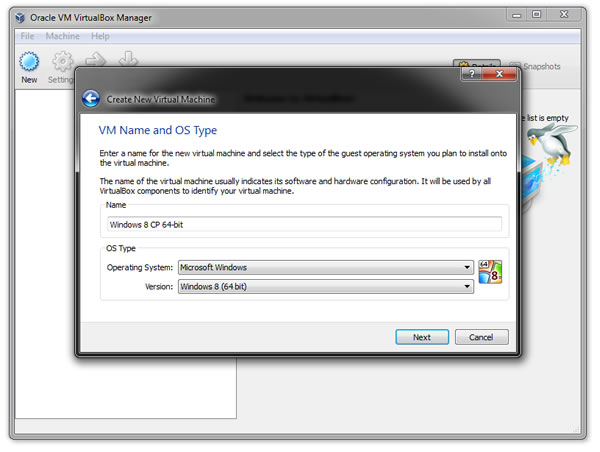
Assuming this is your first VM you'll have to choose "Create new hard disk" on the following screen. In doing so, you'll be asked to pick a format. You can leave VDI (VirtualBox's own format) selected unless you want to run the VM with other virtualization software.
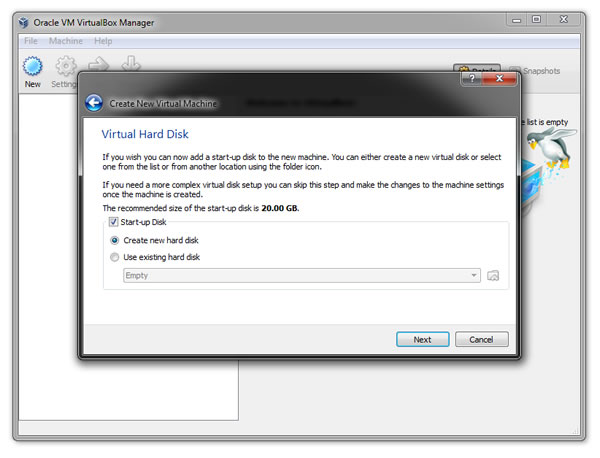
By default, the virtual disk will be created in C:UsersUSERNAMEVirtualBox VMs. If your C: drive is short on space or if you simply want the VM stored elsewhere, you can set it now. My C: drive is an 80GB SSD, so I'm creating the virtual disk on a secondary HDD.
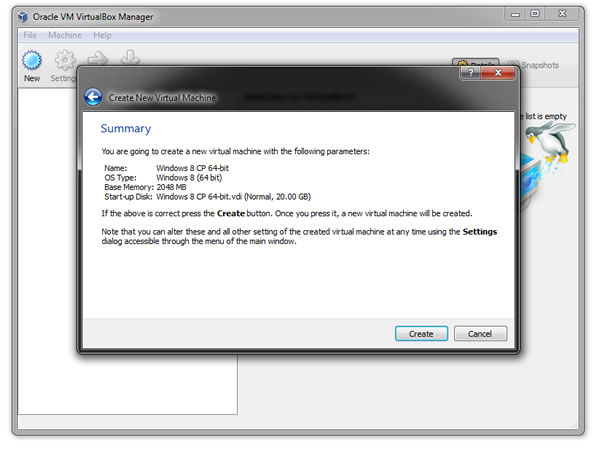
Wait. What about Windows 8?
You're only moments away from installing Windows 8. Right click your
new VM and open Settings. In the left column, click Storage > Empty
(under IDE Controller) > the CD/DVD icon (under Attributes) >
Virtual CD/DVD disk file and navigate to the Windows 8 ISO.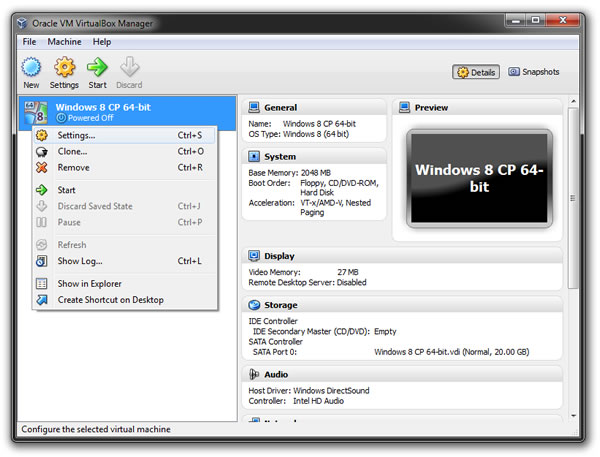
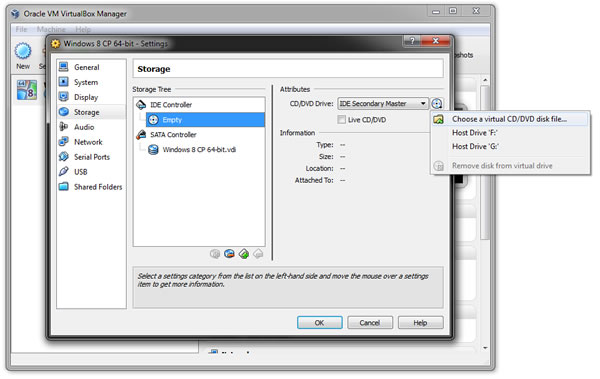
You'll be prompted to set your language, time and currency format, and input method. You'll also have to supply a product key (DNJXJ-7XBW8-2378T-X22TX-BKG7J). Agree to the terms, choose a Custom setup and install Windows 8 to the only unallocated space.
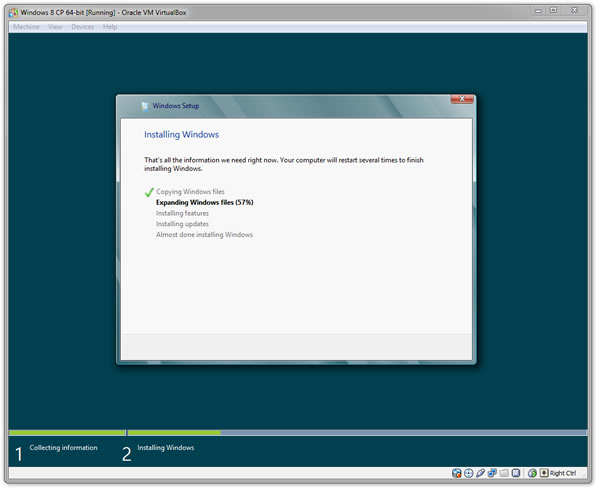
Son of a... this won't work!
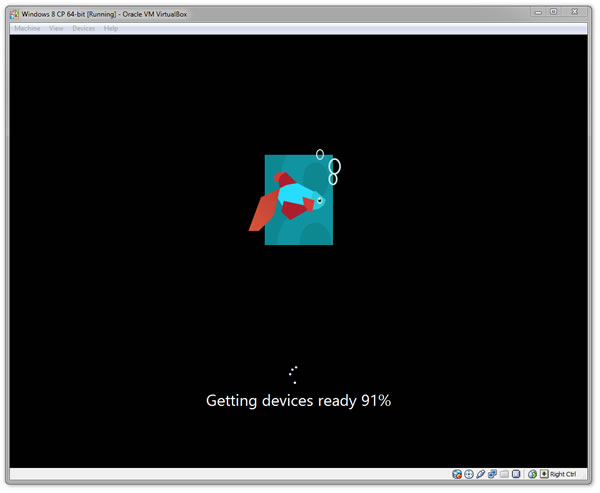
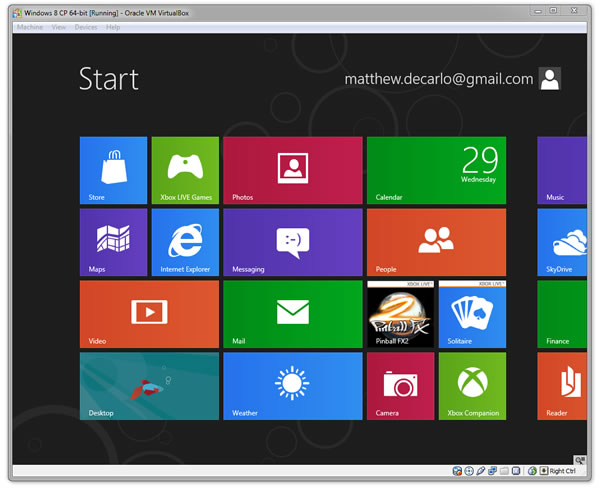







0 comments:
Post a Comment